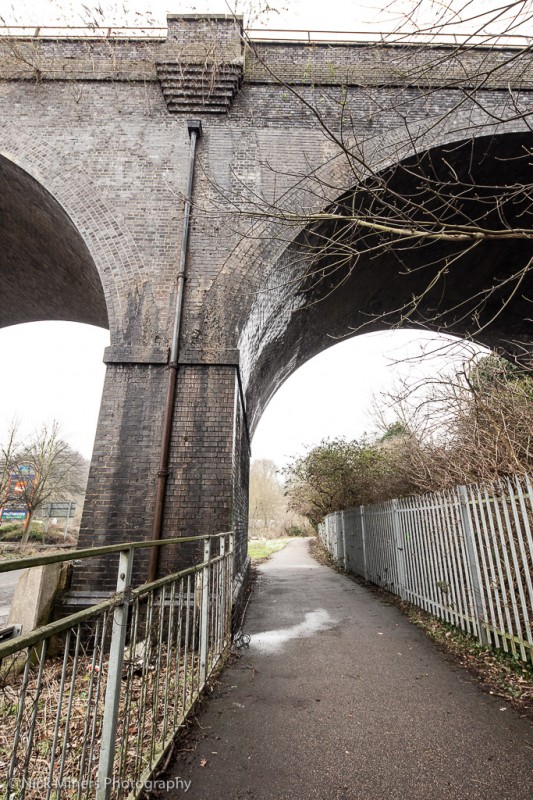What does “tilt-shift” mean to you?

Get that thought out of your head right now. Yes, tilt-shift lenses CAN be used to do that, but there’s so much more to them. To start with, the above effect was created in Photoshop, but when you tilt a lens in the opposite direction you can actually achieve a WIDER depth of field by aligning the focal plane with, or close to, the ground, without having to stop the lens down to f/11 or smaller. But that’s not why I use these lenses.
Take a look at this photograph of the railway arches near where I live:

It was taken with a 17mm lens from ground level, meaning that to include the top of the viaduct in the photo I had to tilt the camera back. With a rectilinear (i.e. not fisheye) wide angle lens, this has the result that all vertical lines start to converge, distorting the shapes in an unpleasant, almost vertiginous manner.
Luckily, the 17mm lens in question has a shift feature (the tilt wasn’t used for the next shot). So I shifted the lens upwards and aligned the back of the camera to be parallel with the walls of the viaduct:

Now the vertical lines on the structure are vertical in the photograph, and yet I still have the top of the viaduct in shot. This is because the 17mm TS-E lens has a much larger image circle than a standard 17mm lens. When you shift the front element upwards, the image circle also moves so that the portion that hits the sensor is towards the top of the scene. Using the same lens but without shifting would have resulted in a photo with only the bottom portion of the arches in shot, and far more pavement than would be reasonable.
This shot of Watford Fire Station was taken with the lens shifted up partially, meaning the building is centred vertically in the frame, rather than towards the top:
 An extreme example (when you stand a bit closer to a building than is strictly necessary) shows how the perspective towards the edges of the larger image circle can be a bit overblown:
An extreme example (when you stand a bit closer to a building than is strictly necessary) shows how the perspective towards the edges of the larger image circle can be a bit overblown:

However with a slightly less wide lens (24mm in this case) and a building that’s further away, shifting the lens can result in very pleasing ground-level shots of tall buildings:

Apologies for the lack of windmills in this post. I just couldn’t resist the pun.






















